General articles
{{start}}
{{end}}
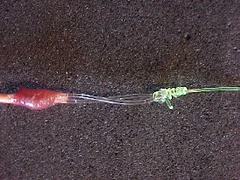
{{+1}}Knots – open loop closed with a blood knot – connection to fly line{{-1}}
{{start}}
This is an extension of the "open loop to fly line connection" and adds an extra element of safety. I use it in competitions just to be sure that there is no chance of the leader separating from the loop at the end of the fly line. The one failure I had with an "open loop connection to fly line" as described above was in a competition and I am sure it cost me the session.{{end}}
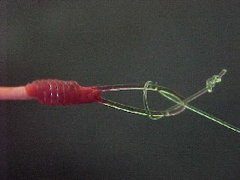
{{+1}}Knots – open loop connection to fly line{{-1}}
{{start}}
This is the ideal way of attaching your leader to your fly line. First you will need a nail loop knot on the end of your fly line as described below. The benefit is that by pushing the end of the leader back into the knot you can easily release your leader from the fly line. This makes changing leaders and fly lines easy.{{end}}
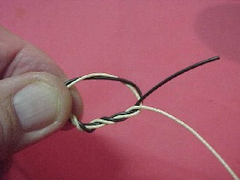
{{+1}}Knots – surgeons knot{{-1}}
{{start}}
I have fished with a few surgeons and asked them about this knot and they certainly don't use it in the practice of their surgical art so I don't know where its name comes from. That doesn't worry me because it is simply the best knot I know off for joining two lengths of similar or dissimilar lines together. It works well when building leaders or when adding a fluorocarbon tippet to a monofilament leader.{{end}}
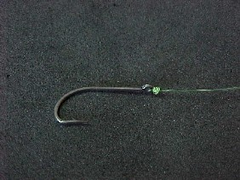
{{+1}}Knots – Lefty’s loop knot{{-1}}
{{start}}
I like to tie all my wet flies on using a loop knot because you get a much better swimming action with the fly. The loop knot I use is based on Lefty Kreh's Loop knot and seldom lets me down.{{end}}
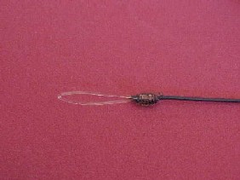
{{+1}}Knots – nail loop knot{{-1}}
{{start}}
The system I always use is to form a 1cm loop on the end of all my fly lines using a nail knot tool. I use Maxima Ultragreen Monofilament of a size that will give me a loop which is about 2/3 the thickness of the fly line. For a #6 or #7 weight fly lines this is around 25lb breaking strain. The loops do wear over time but each time you cut one off and replace it you only loose about 1cm of fly line.{{end}}
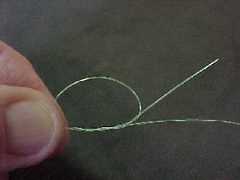
{{+1}}Knots – uni knot{{-1}}
{{start}}
I think this is the best of the closed knots for tying on dry flies.{{end}}
{{+1}}Acknowledgement{{-1}}
{{start}}
There is very little new knowledge . . .I am not a plagiarist and want to acknowledge that if you search deep enough, that for almost every fly, concept and understanding represented in this website, that you will find a similar flies, concepts, methodologies and understandings credited to one, and in some cases, more than one other person.{{end}}













